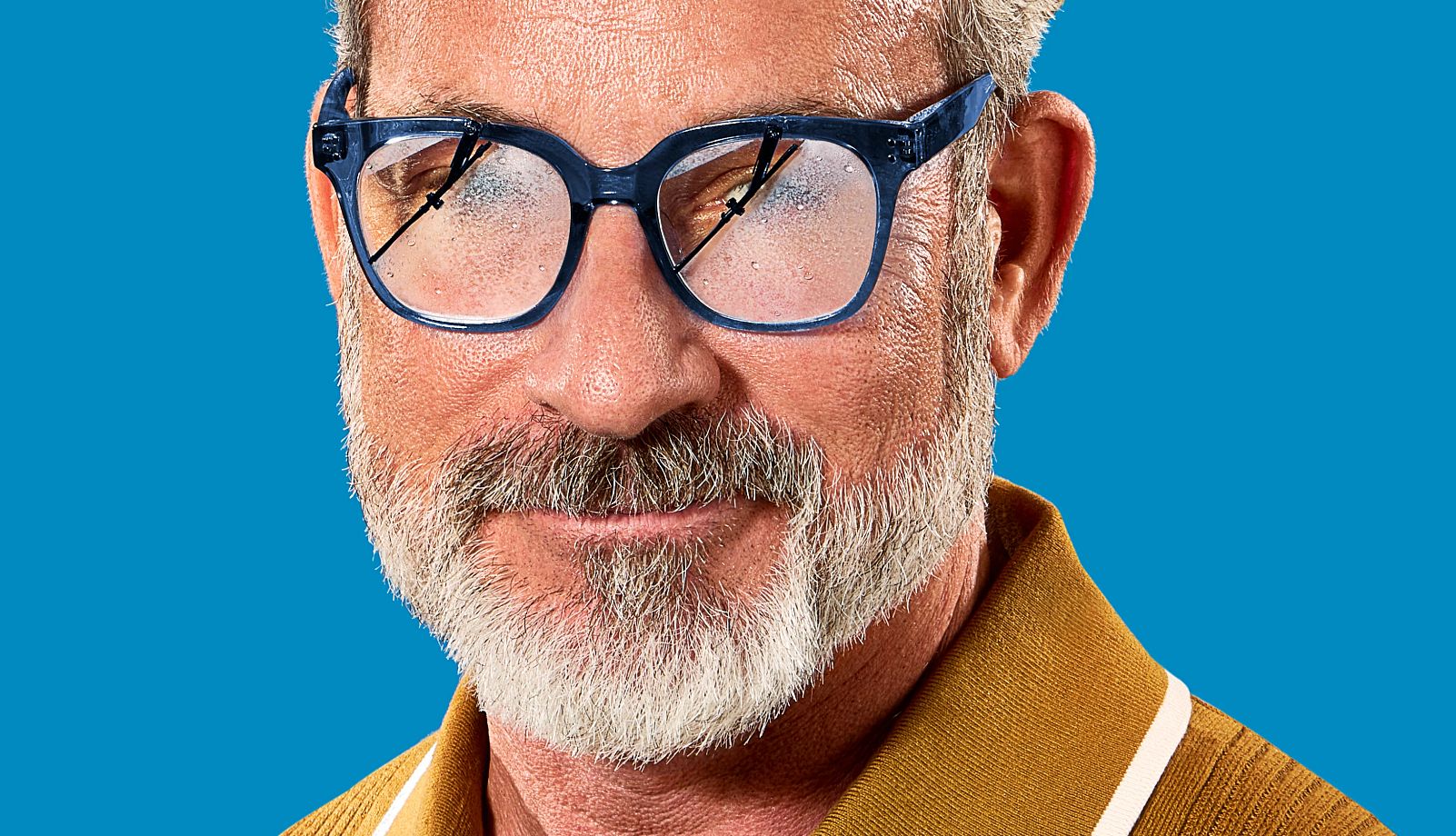
How Our Vision Changes as We Age
- Select a language for the TTS:
- UK English Female
- UK English Male
- US English Female
- US English Male
- Australian Female
- Australian Male
- Language selected: (auto detect) - EN
Play all audios:
Our eyesight doesn’t need to diminish as we get older. Gregory Reid Facebook Twitter LinkedIn
By the time we hit our mid-50s, about 8 in 10 of us will have noticed at least one significant change in how we see the world: It’s become harder to read small type.
For many of us, that change in our sight — a result of presbyopia, a stiffening of the eye’s lens that makes it harder to change focus — might be the first time our age has affected our
quality of life. But it should also be a wake-up call about protecting the delicate systems that give us our sight, hearing, touch, smell and taste. More than half of people ages 57 to 64
will have measurable impairment in two or more of these senses, one study suggests.
And while much of the decline in our senses can be slowed or stopped with early detection and treatment, the damage we sustain usually can’t be reversed. We consulted some of the leaders in
research and treatment to uncover what’s really happening to our ability to sense the world, and what we can do to protect it and ensure that we’re enjoying life to its fullest for years to
come.
How Your Senses Change With AgeHearingTaste and SmellTouch How to see your future more clearly“I first noticed the change two months ago,” says Shavon Jones, 51, of Miami. She was attempting to read the label on her mother’s medication. “It took what seemed like minutes to read a
single pill bottle,” she says.
Difficulty reading small type is often the first change in our vision that we notice as we round the corner of age 50. But it’s certainly not the only one.
6 things that happen to youreyes as you age
“It’s a myth that as you get older, you should expect to lose vision,” says Christina Y. Weng, M.D., fellowship program director of Vitreoretinal Diseases & Surgery at the Baylor College of
Medicine Cullen Eye Institute in Houston. While age-related changes occur and the risk of adverse eye conditions increases, regular monitoring and timely treatments can help most of us
protect our sight well into our later years.
Here’s what to expect:
1. Close reading gets harderPresbyopia (from a Greek term meaning “old eye”) is a stiffening of the lenses that makes it harder to focus on close-up tasks, says Chantal Cousineau-Krieger, M.D., an ophthalmologist at
the National Eye Institute. Reading glasses or multifocal lenses are the obvious solutions. Surgery such as monovision LASIK is an option, although any permanent change in vision can have
unintended side effects, like altered depth perception. And while there are eye drops that reduce your pupil size and can help your eyes focus up close for up to six hours, they, too, have
potential downsides, including red eye, headaches and reduced night vision. Cousineau-Krieger offers her own hack for reading small type: Snap a photo of it on your smartphone, then zoom
in.
2. Our eyes get dryAmong the changes that come with menopause are hormonal shifts that can contribute to dry eye syndrome, in which the eyes don’t produce enough tears or tears evaporate too quickly. But dry
eye isn’t limited to women at midlife: “Virtually everyone over 55 has some degree of dryness,” says Alan Carlson, M.D., professor of ophthalmology at Duke University School of Medicine in
Durham, North Carolina.
Spending time on our phones and computers can worsen the condition, since we tend to blink less when we’re staring at a screen. Over-the-counter eye drops — and in some cases prescription
medications — can help, as can avoiding air in your eyes from fans or air conditioners. Take breaks from the screen, drink plenty of fluids, and consider using a humidifier in both your home
and office. Sunglasses help because both wind and sunlight can cause the fluid in your eyes to evaporate faster than it can be replaced. Ask your doctor to check your medications, as
antihistamines and blood pressure drugs may also contribute to dry eyes.
3. Our vision may get cloudyWith age, proteins break down in the lens of the eye, causing them to clump together and form cloudy areas called cataracts. At least 1 in 10 people may have some cataract-related vision
issues in their 50s. Cataracts tend to grow slowly, and symptoms may be easy to ignore until they significantly affect vision, so see your eye care provider regularly. The good news is that
cataracts can be corrected with a common outpatient procedure.